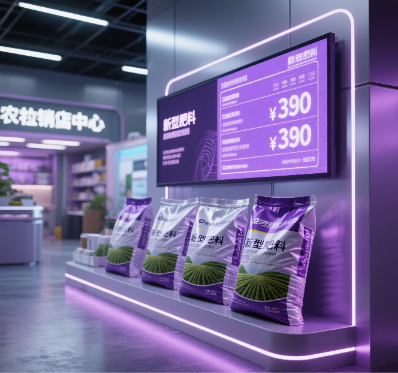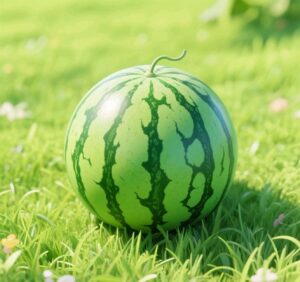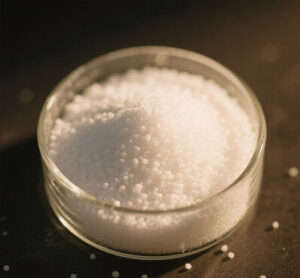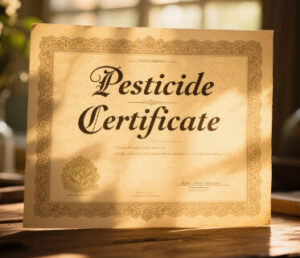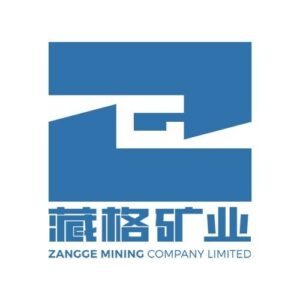Compound Fertilizers: Weak Market with Selective Price Cuts
The compound fertilizer market has shown stable-to-weak performance recently, with some manufacturers cutting prices by 30-50 yuan/ton to clear inventories. As the autumn fertilizer pre-sales season begins, most companies are adopting price-guaranteed interest-bearing policies to attract buyers. Current quotations include:
-
45% Chlorine-based compound fertilizer: 2,350-2,800 yuan/ton (Hebei, Henan)
-
42% Chlorine-based compound fertilizer: 2,450-2,600 yuan/ton
-
45% (15-15-15) Chlorine-based mainstream ex-factory price: 2,320-2,520 yuan/ton
-
45% (15-15-15) Sulfur-based mainstream price: 2,780-2,980 yuan/ton
-
40% (28-6-6) High-nitrogen chlorine-based fertilizer: 1,800-2,050 yuan/ton
Key Market Drivers:
-
Raw material costs: Urea prices fluctuate while potash continues to rise, strengthening cost support.
-
Demand remains cautious: Farmers are hesitant to stockpile, and major brands have yet to announce policies, leading small and medium-sized manufacturers to offer early quotations and shipments.
-
Short-term outlook: Prices are expected to remain weak and stable, with possible regional adjustments. Market sentiment is wait-and-see, pending clearer signals from raw material trends and pre-sale policies.
Phosphate Fertilizers: Stable but Stagnant
Monoammonium Phosphate (MAP)
The market remains flat with limited trading activity as of July 7:
-
Firms maintain stable quotes, with some adopting limited supply strategies.
-
Buyers remain cautious, leading to slow new order intake.
-
Raw materials: Sulfur prices have declined, but phosphorite remains high, keeping costs steady.
Regional Price References (55% powder):
-
Anhui: 3,500-3,550 yuan/ton
-
Shandong: 3,480-3,550 yuan/ton
-
Hubei: 3,330-3,400 yuan/ton
-
Yunnan: 3,200-3,250 yuan/ton
Outlook:
-
Market remains in a stalemate, with limited new orders and gradual raw material procurement by compound fertilizer plants.
-
Short-term forecast: Prices will likely hold steady with minor adjustments.
Diammonium Phosphate (DAP)
The market continues in a holding pattern:
-
Domestic demand is weak, but export orders support production.
-
Cost pressures persist due to high phosphorite prices, though sulfur has weakened.
-
Buyers remain hesitant, leading to slow transactions.
Regional Price References (64% granules):
-
Gansu: 3,900-3,950 yuan/ton
-
Shandong: 4,000-4,100 yuan/ton
-
Hubei: 3,800-3,850 yuan/ton
-
Yunnan: 3,250-3,350 yuan/ton
Outlook:
-
Market remains range-bound, with minimal price fluctuations expected in the near term.
Potash Fertilizers: Strong Rally Continues
Potassium Chloride (MOP)
Prices rose another 30-50 yuan/ton on July 7, driven by:
-
Tight domestic supply: Low operating rates and delayed shipments.
-
Strong international demand: Supporting overseas price hikes.
-
Laos policy shock: The halt on Vientiane potash projects (July 1) triggered active trader inquiries, pushing Laos white potash prices up 50 yuan/ton to 3,250 yuan/ton.
Latest Prices:
-
62% White KCl: 3,400-3,450 yuan/ton (+30)
-
60% Granular KCl: 3,350-3,400 yuan/ton
-
Port Laos white potash: 3,200-3,250 yuan/ton (+50-100)
Potassium Sulfate (SOP)
-
Manheim 52% powder SOP: 3,900-4,000 yuan/ton (+50 at lower end).
-
Strong demand keeps firm pricing pressure in place.
Outlook:
-
Prices will stay elevated due to supply constraints and geopolitical factors.
-
Further upside possible if Laos supply disruptions worsen.
Market Summary & Key Takeaways
| Fertilizer | Current Trend | Price Range (yuan/ton) | Key Influences |
|---|---|---|---|
| Compound | Weak, selective cuts | 2,320-2,980 | Urea volatility, potash rise |
| MAP | Flat, limited trades | 3,200-3,550 | Sulfur dip, phosphorite high |
| DAP | Stagnant | 3,250-4,100 | Weak demand, export support |
| MOP | Bullish rally | 3,200-3,450 | Laos ban, tight supply |
| SOP | Firm uptrend | 3,900-4,000 | Cost-driven increases |
What’s Next?
-
Compound fertilizers: Watch for pre-sale policy clarity and urea trends.
-
Phosphate: Stable but stagnant unless export demand surges.
-
Potash: Further upside likely if Laos supply fears escalate.
Final Note:
The Laos potash ban could reshape global supply dynamics, making China’s potash import reliance (over 2/3 dependent) a critical issue. Investors should monitor policy shifts and alternative supply routes.


